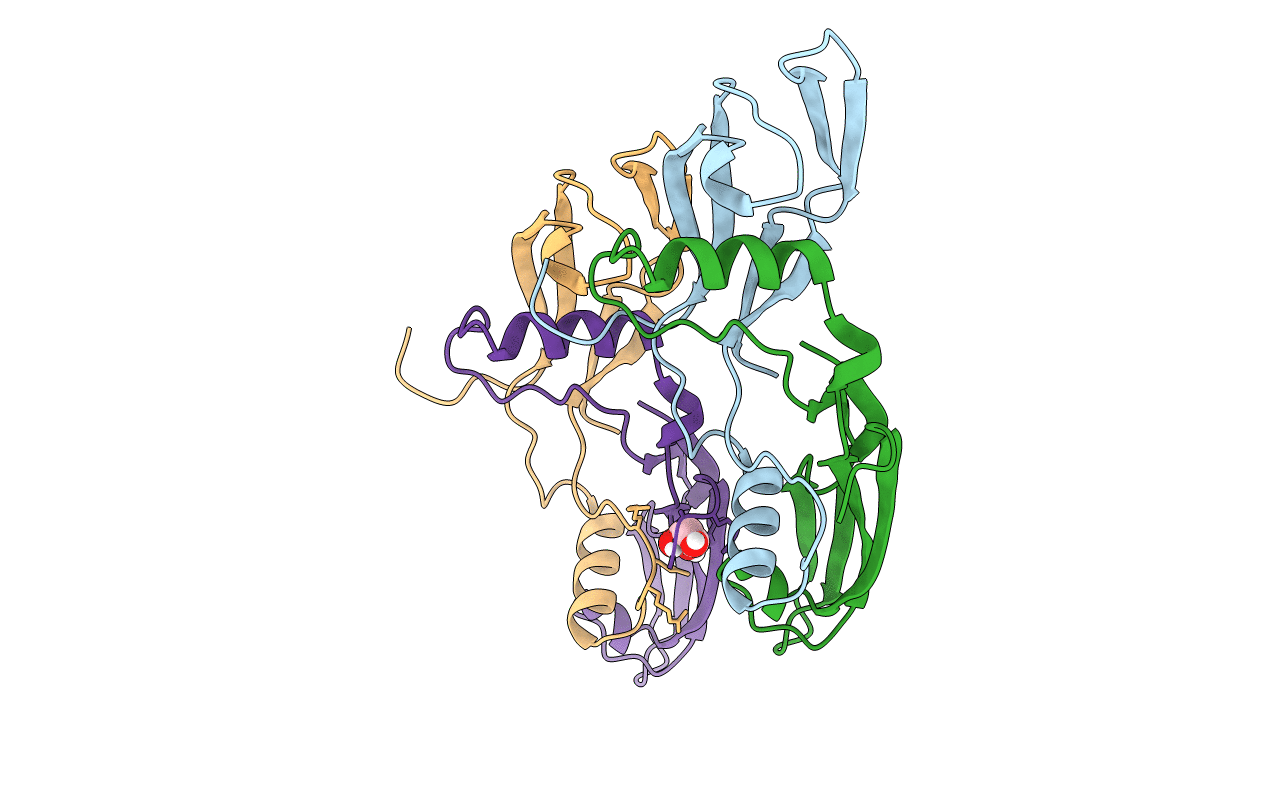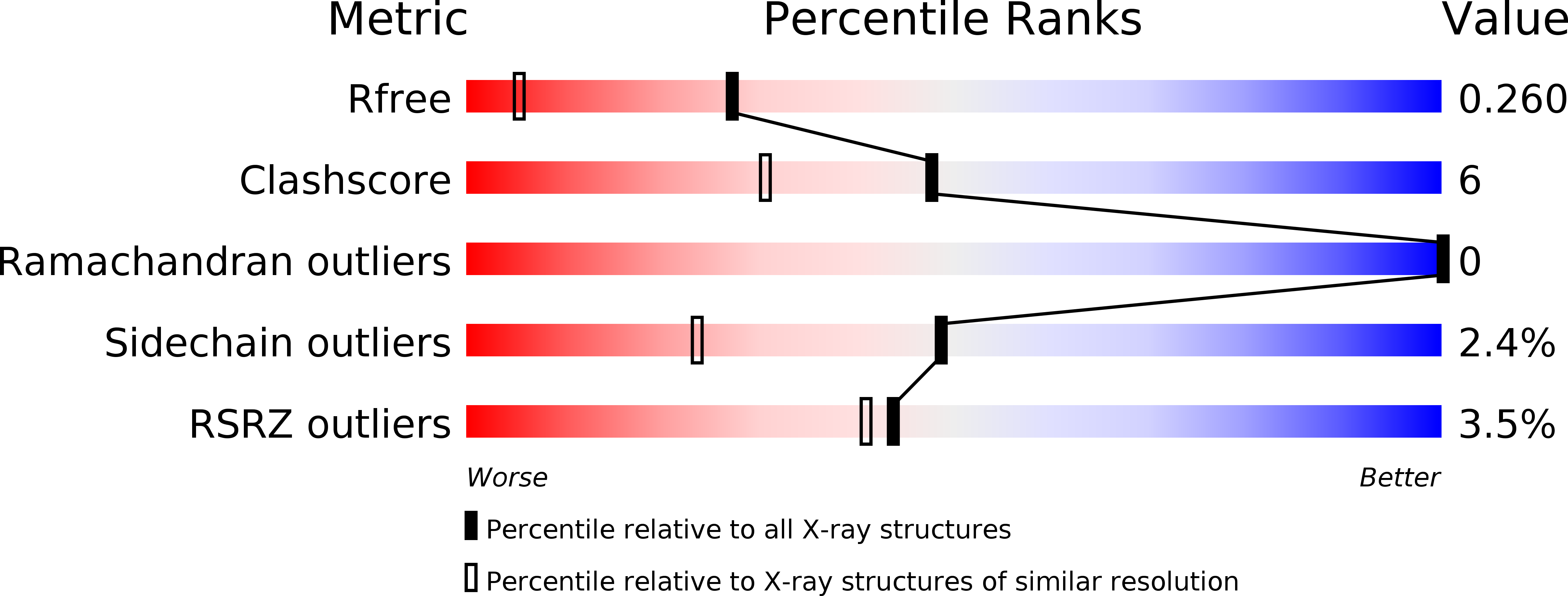
Deposition Date
2017-04-07
Release Date
2018-02-14
Last Version Date
2024-11-13
Method Details:
Experimental Method:
Resolution:
1.60 Å
R-Value Free:
0.26
R-Value Work:
0.23
R-Value Observed:
0.23
Space Group:
P 1


